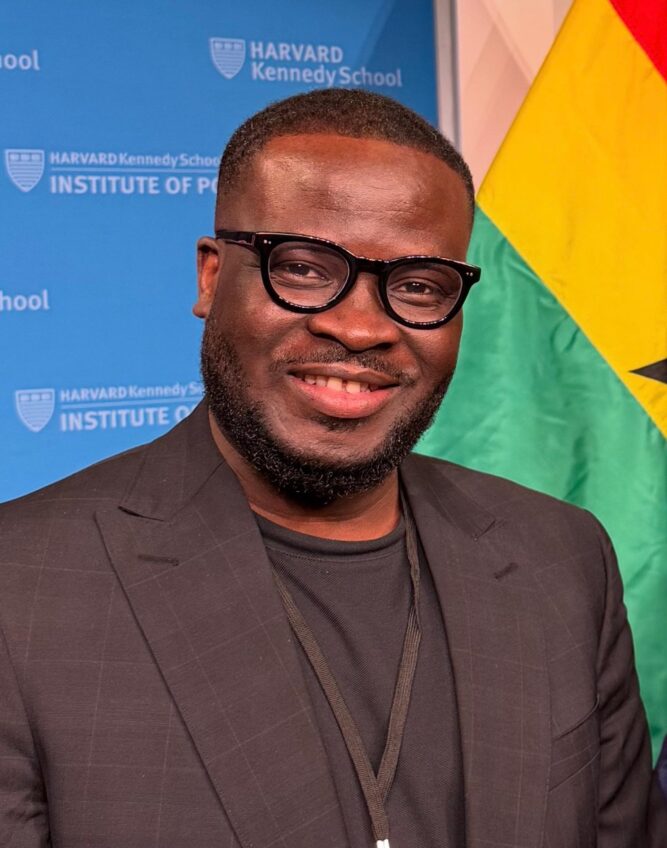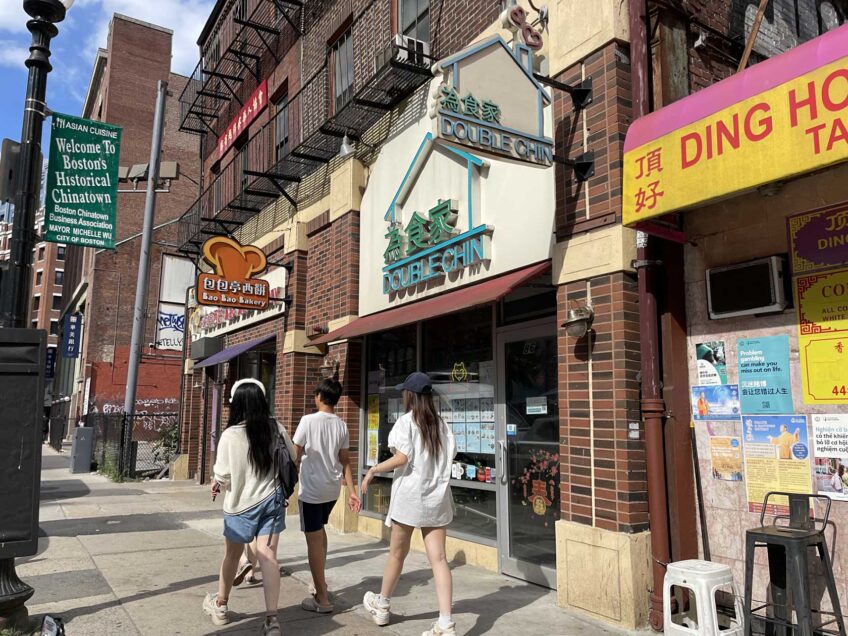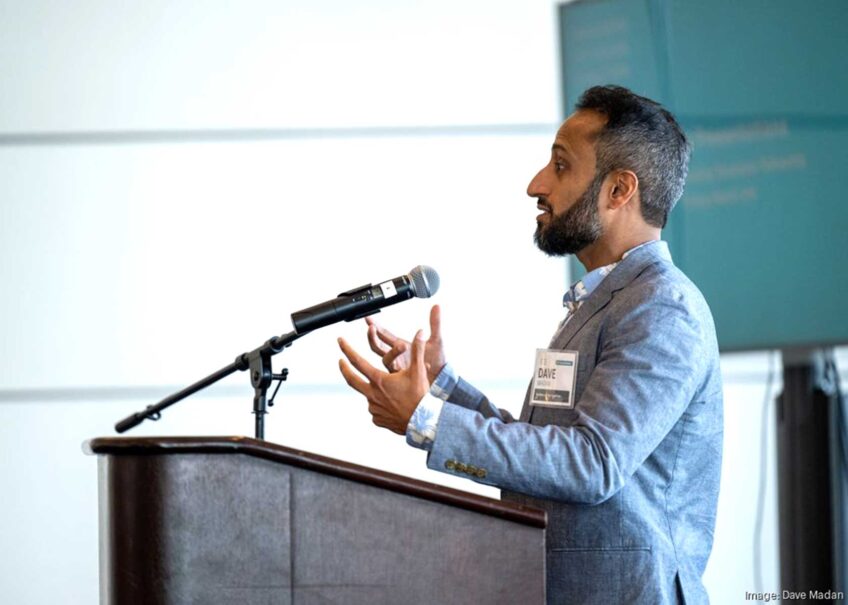With Boston outstripping last year’s murder pace through the first four months of 2008, and youth violence and school dropout rates both serious concerns as the summer months approach, talk in some circles has turned to street workers and the impact they may have on stemming the violent tide.
The issue came to a head when members of the City Council met with representatives from a number of city and community organizations on April 23 to discuss a street worker pilot program introduced by Councilor-at-Large Michael F. Flaherty.
Flaherty’s plan proposes the placement of two street workers — civilian neighborhood outreach workers that pound the pavement looking to connect “hard-to-reach” youth with services and resources — in the four Boston Public Schools (BPS) that have experienced the most criminal incidents. If the pilot proves effective in reducing incidents, Flaherty says, he would look to broaden the program citywide.
Violence prevention and youth outreach efforts by a variety of public organizations — including the Boston Public Health Commission and the Boston Center for Youth and Families (BCYF), the organization that manages street workers — were lauded during the meeting. But by hearing’s end, the council had made no movement toward placing street workers in schools. Calling the issue “dead on the vine” for the hearing, the councilors recessed the hearing until movement was made on the city budget.
In the discussion surrounding Flaherty’s plan and in the aftermath of the April hearing, it has become clear that all parties involved believe street workers are an essential element in reducing street and youth violence in Boston and support the idea that more must be done.
It has become equally apparent, however, that political, educational and community leaders are far from a consensus as to whether street workers’ roles should be expanded in the school system, or exactly what additional measures should be taken to steer students clear of incidents.
City Councilors Chuck Turner and Charles C. Yancey, Flaherty’s only City Council colleagues in attendance on the 23rd, both voiced support for a school-based street worker program. But many at the hearing, including BPS Superintendent Dr. Carol Johnson, were leery of offering complete support for a BPS street worker program, choosing to highlight other areas of need.
Johnson was effusive in her praise of the street workers, noting that they “do a lot to keep us informed, and they do connect students with other things that are going on in the community.” But while she lauded street workers’ “special knowledge of family and history,” the superintendent said that student safety is less of an issue during school hours than after school, particularly between 3 p.m. and 6 p.m., a time when they may have few positive activities in which to engage.
“People always want to help us within the hours of 8 [a.m.] to 3 [p.m.],” said Johnson. “The problem is, after that, I have a harder time getting the support I need.”
“I’m not clear how this strategy would be better,” the superintendent added. “I still feel like if we just added street workers, I still would say we are not doing enough” to combat the issue of youth violence.
Some have questioned whether assigning street workers to schools would spread the program’s staff of 30 too thin.
“They’re most needed on the street,” said Chris Byner, head of the BCYF street worker program, in an interview prior to the hearing. “There are a lot of ramifications if you add staff that is not BPS staff to the confines of the school. The street is where they are best utilized, and where the city sees their need the most.”
Byner noted that the street worker program works closely with the city school system. As it stands, he said, street workers are not present in the schools during the daily 8-3 schedule, unless they are making presentations to students or providing coverage for specific events they are requested to attend.
During dismissals from school, Byner said, “street workers work along side the schools, particularly in areas with high-volume transit stops, in what’s called ‘Operation Stop Watch,’ which works to ensure areas around these transit stops are safe for students.” Street workers are posted at these stops after school in order to continue building relationships with youth, he said.
Boston Police Sgt. Detective Michael Talbot of the BPD’s School Police Unit cited the potential for a “communication breakdown” if street workers enter schools.
“[The street workers] have the right and obligation to the kids to not communicate their information to law enforcement. This could hinder us on the streets at night,” said Talbot. “We need the overflow of communication.”
But, Flaherty countered, street workers have gained the students’ trust, making it more likely that they could obtain information other officers or entities couldn’t.
“[The students] aren’t necessarily going to go up to the police officers or teachers. They are going to go up to the street workers. Kids are clearly gravitating towards them,” he said. “I think this is a common sense solution to crime, to truancy and violence.”
As speakers emphasized the partnerships that their organizations have created and the promise they have shown in creating outlets for youth, Flaherty remained insistent.
“Frankly, I haven’t heard why the street worker program wouldn’t work,” he said.
Students present at the hearing lent credence to the idea that street workers can act as assets and mentors in ways that teachers and counselors cannot.
Boston Latin student Keveisha Robinson-Clark said the personal attention the street workers provide would be an asset in schools.
“A lot of the times, they’ve been through a lot of the same things that we’ve been through,” she said. “They often are the go-betweens for the students and the teachers. But honestly, I can see how most students feel comfortable going to the street workers.”
“If anything they can help the situation, [street workers] would never hurt it,” added Melissa Aybar, a 15-year-old student and youth organizer with the Hyde Square Task Force. “If other students feel comfortable around them then it would make sense to have them in the schools.”
Asked point blank by Flaherty during the hearing if she felt safe in school, Aybar said, “If the statistics say violence is down, that’s one thing, but no, I don’t feel safe.”
After the hearing, Flaherty pointed to Aybar’s statement as proof that “proactive measures” like the pilot program must be considered.
“Students confirmed they do not feel safe and want the city to do more to combat violence in schools,” he said.
As for the elephant in the council chamber — where funding for the proposed plan would come from — Turner called on the city councilors not present to step up, work together and find the money to put more street workers on duty, whether inside or outside the school system.
“We have put the superintendent and other city officials in a tight situation,” Turner said. “The superintendent will ask herself, ‘Where do I find, in my budget, the dollars to do this?’ I think we need to say, ‘Mayor [Menino], if you want us to approve a budget, you need to at least double the amount of street workers out there.’”






